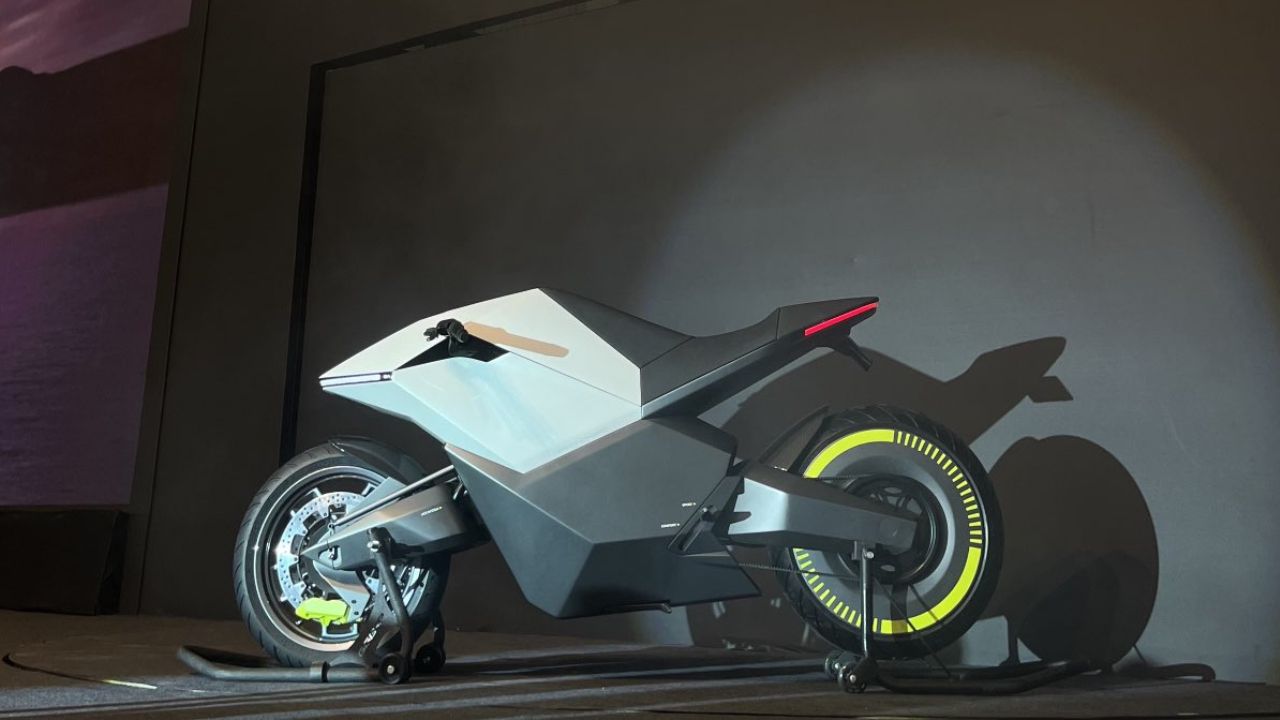Ola Leads the Electric 2W Sales in February 2023; Sells 17,667 S1 Units
In 2023, Ola Electric got off to a great start. It sold 18,282 units in January and surpassed all other EV manufacturers past month. 17,667 units of the S1 were sold by the Bengaluru-based firm in February 2023. The TVS iQube, with 15,522 units, came in second.

Ola Electric, one of the popular EV manufacturers in India, had a productive start to 2023. The company sold 18,282 units in January 2023, which is a commendable sales figure. This shows how enthusiastically Indian consumers have adopted Ola Electric's products. The automaker's success in February 2023 surpasses all other EV manufacturers, which is quite impressive, considering the dominance of multiple well-known companies in the Indian EV sector, including Honda, Hero Electric, Bajaj, and TVS. When its most affordable model, the S1 Air, starts arriving on Indian roads, these sales figures will probably increase in the coming months.
Also Read: TVS iQube S vs Ola S1 Pro Electric Scooter Comparison Review
Ola Electric: February Sales Figures
Ola Electric had its second-best monthly sales for this fiscal year in February, with 17,667 units. With a 27 per cent market share in the segment in February, it tops the standings. The firm is likely to emerge as the market leader with a total of 1,29,866 units in the first 11 months of this financial year, which will allow it to have a good lead over competing OEMs.
Meanwhile, with 15,522 units of the iQube sold domestically, TVS came in second in the rankings. The sales figures show that Ola has been succeeding with its current roster. In the upcoming few months, these sales numbers are expected to increase significantly.
Ola Electric is known to operate differently from a conventional auto manufacturer. Through the Ola app and its official website, it consistently offers discounts on its models. Furthermore, the brand provides a variety of colour choices for its scooters, which adds to its appeal.
Ola S1: Prices, Variants, Features
The Ola S1 is available in three new trims, each with three battery pack options: 2kWh, 3kWh, and 4kWh. The base variant S1 (2kWh) costs Rs 99,999. The 3kWh variant costs Rs 1.09 lakh, while the top-spec 4kWh (S1 Pro) variant costs Rs 1.30 lakh. All prices are all ex-showroom, Bengaluru.
In comparison to the Ola S1 Air, the Ola S1's base trim offers an IDC range of 91km on a single charge. The S1's 3kWh and 4kWh versions have a range of 141km and 181km, respectively. The 8.5kW motor is the same for all three variations, but their top speed varies. The top-spec model has a top speed of 116km/h, while the base model has a top speed of 90km/h.
The Ola S1 gets MoveOS 3.0 connectivity, a 7.0-inch touchscreen display, on-the-go music, on-screen navigation, custom widgets, and more. Normal, Eco, and Sports riding modes are available in all three variations. The top-of-the-line S1 Pro, however, also gets an additional 'Hyper Mode'. A variety of colour options are available for the Ola S1, which include Gerua, Matt Black, Coral Glam, Marshmellow, Porcelain White, Millennial Pink, Jet Black, Liquid Silver, and more.
Ola S1 Air: Prices, Variants, Features
The Ola S1 Air is also available in three variants, each of which comes different battery pack: 2kWh, 3kWh, and 4kWh. The base S1 Air costs Rs 84,999, while the mid-tier 3kWh model costs Rs 99,999. The most expensive 4kWh variant, on the other hand, costs Rs 1.09 lakh. All prices are ex-showroom, Bengaluru. The S1 Air's base 2kWh version offers a range of 85km. The 3kWh and 4kWh variants, on the other hand, offer ranges of 125 and 165 kilometres, respectively. All three variants, however, share the same 4.5kW motor and have a top speed of 85km/h. The scooter can be charged completely in about 4.5 hours.
The Ola S1 Air is designed with a flat footboard, standard telescopic front forks, dual shock absorbers at the rear, drum brakes, and a grab rail. Jet Black, Neo Mint, Porcelain White, Liquid Silver, and Coral Glam are the five dual-tone body colour options for the e-scooter.
Also Read: Ola S1 Pro Move OS 3: Move-ing Towards the Perfect EV Scooter?
The Ola S1 Air features a 7.0-inch touchscreen display and the most recent version of MoveOS 3.0. The electric scooter gets music playback, Bluetooth connectivity, remote boot lock/unlock, GPS, and other features. It also has a reverse mode and a side stand alert, in addition to the standard riding modes (Normal, Sports, and Eco).







Write your Comment on